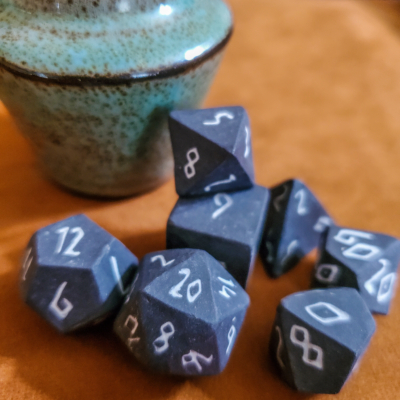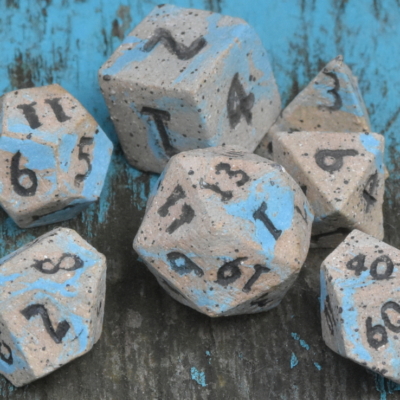Mastering the Art of the Rogue: A Dungeons & Dragons Guide for All Ages
Welcome to the world of Dungeons & Dragons (D&D), a game where your imagination is the only limit! If you’re drawn to the thrill of stealth, agility, and cunning, then a Rogue might be the perfect character class for you. In this guide, we’ll help you create a compelling and effective Rogue build that will make your adventures unforgettable.
Step 1: Understanding the Rogue Class
The Rogue class in D&D is all about stealth, precision, and versatility. They excel in situations requiring quick thinking and agility. Their skills in sneaking, picking locks, and disarming traps make them invaluable to any adventuring party. Whether you’re infiltrating a heavily guarded fortress or sneaking past a sleeping dragon, the Rogue is your go-to character.
Step 2: Choose Your Race
Choosing the right race for your Rogue can greatly enhance your abilities. Here are a few options:
- Halfling: Their natural luck and nimbleness make them ideal Rogues.
- Elf: High Dexterity and keen senses make Elves excellent scouts and archers.
- Half-Elf: Versatile and charismatic, they can blend into any situation.
Step 3: Assign Ability Scores
When creating a Rogue, prioritize Dexterity, as it affects your attack rolls, damage, and Armor Class (AC). Here’s a suggested order for your ability scores:
- Dexterity: Essential for all Rogue abilities.
- Constitution: Increases your hit points, helping you survive longer.
- Intelligence: Useful for skills like Investigation and Arcana.
- Wisdom: Helps with perception checks.
- Charisma: Good for deception and persuasion.
- Strength: Less important, but can be useful in specific situations.
Step 4: Choose Your Skills
Rogues have a wide array of skills to choose from. Focus on the following to maximize your effectiveness:
- Stealth: Essential for sneaking and avoiding detection.
- Acrobatics: Helps with tricky maneuvers and escaping grapples.
- Sleight of Hand: Perfect for pickpocketing and performing tricks.
- Perception: Keeps you aware of hidden threats.
- Investigation: Useful for finding clues and solving puzzles.
Step 5: Select Your Equipment
A Rogue’s equipment can make or break their effectiveness. Start with:
- Light Armor: Maximizes your Dexterity bonus to AC.
- Rapier or Short Sword: Ideal for finesse fighting.
- Shortbow: Great for ranged attacks.
- Thieves’ Tools: Essential for lockpicking and disarming traps.
Step 6: Plan Your Strategy
Rogues excel in hit-and-run tactics. Use your Sneak Attack ability to deal massive damage, then use Cunning Action to disengage and hide. Positioning is key, so always look for opportunities to gain advantage on your attacks.
Tips and Tricks for Beginners
Here are some additional tips to help you master your Rogue:
- Stay Mobile: Use your Cunning Action to stay out of reach after attacking.
- Use Cover: Always look for places to hide and take cover during combat.
- Communicate: Work with your party to set up ambushes and strategic attacks.
- Practice Makes Perfect: The more you play, the better you’ll understand the nuances of your Rogue.
Conclusion
Creating a Rogue in D&D is a rewarding experience that combines strategy, creativity, and a bit of daring. By following this guide, you’ll be well on your way to becoming a master of stealth and subterfuge. So grab your dice, gather your party, and let the adventures begin!
Happy adventuring!
Written by Ashley Martinez
-
Assorted 6d6 Ceramic Dice Set
Select options This product has multiple variants. The options may be chosen on the product page -
Runic Dark Heart Ceramic Dice Set
Select options This product has multiple variants. The options may be chosen on the product page -
Poseidon’s Gift
Select options This product has multiple variants. The options may be chosen on the product page




